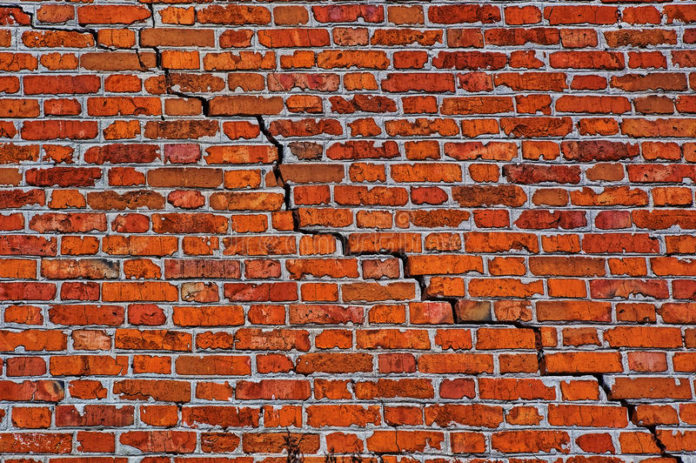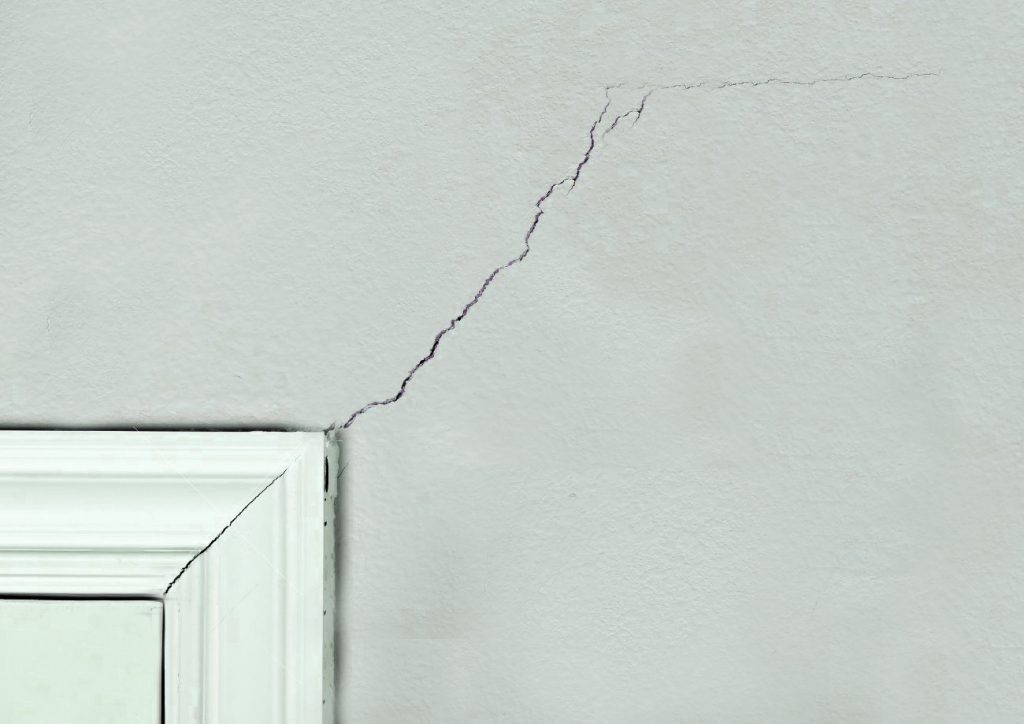
If you are considering to buy a new home, the sight of cracks can set off various alarms, however, keep in mind that most properties do show cracking at some point. As the material’s age and settle in order to accommodate changes in the environment, cracks can appear if the builder did not allow for this environmental change by installing expansion joints or control. Although cracking is usually not a great reason for alarm – affecting only the appearance of the building – some might be a sign of a serious problem like the stability of the building being compromised. In this article, you will be able to learn what you should look out for, the causes of cracking, as well as what you can do to prevent it. Let’s take a look:
What to Look Out For
Wall cracks come in three main categories:
- Interior wall cracks that occur in gyprock or plasterboard
- Exterior wall crack like cracks in the brickwork, surface, or in the rendering of the walls
- Cracks in the foundation walls

All three can be quite serious and signs of structural failure. And to assess how serious it is, you will need to look at the type of crack, the location, and whether the materials used to construct the wall are separated. They should be monitored over a period of time to see if they get bigger or smaller, or if they stay the same size. Keep in mind that a crack that starts small can become larger, being a sign of significant movement of the building structure.
Shapes of Cracks
The size and form of the cracks can indicate an underlying problem. It can be vertical, horizontal, cogged, stepped, or a combination of all. When assessing the cracks, the width of it is more important than the length. Stepped ones tend to follow the vertical and horizontal joints like the beds of mortar between the blocks or bricks. Vertical ones can indicate that a structural component like blocks or bricks has failed, hence, they are a sign of major stress within the structure. The ones that are wider at the top or bottom can indicate that the foundation moved with the direction widening which gives an indication of the movement direction. Horizontal cracks can indicate that a part of the wall is failing which is presented as a safety concern.
According to the experts from www.house-inspections.com.au, the following sizes and descriptions apply:

- <0.1 mm – a hairline cracks
- <1 mm – fine cracks that you do not have to repair
- <5 mm – quite noticeable, but they are easy to fill
- 5 to 15 mm – cracks can be repaired and some part of the wall might need to be replaced
- 15 to 25 mm – in need of extensive work involving replacing parts of the wall
Causes and Actions
The most common cracks that you will find are the hairline ones, especially in plaster which can shrink and is quite sensitive to movement. The main cause is the settling of the wall on the foundation or movement that is connected to moisture or temperature.
The smaller cracks do not require repair since the problem is only a cosmetic one. However, if you want to fix it, you can have fun with a DIY project or hire a contractor to do the job for you. Keep in mind that the bigger cracks need to be addressed immediately since they are a safety risk.
Conclusion
As you can see, some of the cracks that appear on a building are not dangerous, however, keep in mind that you should monitor them for a period of time and if needed, hire a contractor to help you deal with them.
















